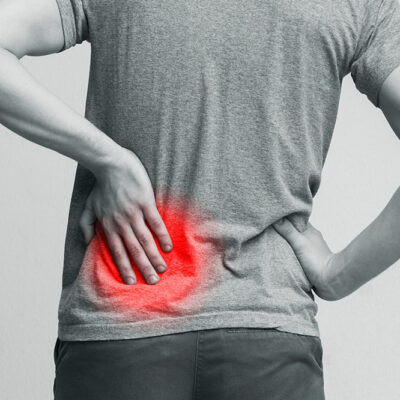7 tips for using and disposing of waste bags effectively

Waste bags are used everywhere, like in houses, hospitals, offices, and schools. These bags help us keep the place clean but can be very tricky to dispose of. One reason is that people generally buy bags made of plastic. And plastic bags don’t break down but increase carbon emissions. To make disposing of garbage more environment-friendly, we must use and dispose of these bags correctly. There are some simple ways to get started.
Ensure the bag doesn’t slip off the trash can
This is a very common problem that occurs when managing trash. The waste bag slips off the edge of the can and the garbage spills all over the bottom. Consequently, the simple job of disposing of the garbage becomes more messy. So, always ensure that the waste bag doesn’t slip. Rubber bands, binder clips, trash bag hooks, or even duct tape can help keep the bag in place.
Check the bag’s outer surface before disposing of the trash
No one likes to clean the mess that leaks out of a waste bag that has been damaged. Even a small hole or a tear in the bag can cause a bigger mess, especially if someone has thrown liquids in the garbage. To avoid creating a biohazard situation, always check the outside surface of the waste bag before it goes in the bin. Do this check even while taking out the bag from the trash can, as any sharp object thrown in can cause tears or holes. One way to minimize the risk of tears and holes is to use the double bag technique. Simply place one waste bag inside another to have a double layer in the trash can.
Seal the waste bag properly
Before disposing of the trash, completely seal the waste bag. Doing so will keep its contents from spilling and stop pests and bugs from getting in the trash and creating havoc. For sealing, use adhesive tapes or ties that have been specially made for these bags.
Use compostable or biodegradable waste bags if possible
Many people get waste bags made of plastic because they’re cheaper and easy to find. But, such bags are hard to dispose of sustainably because of the plastic. So, choose biodegradable or compostable garbage bags instead. These deteriorate quicker and help the environment stay cleaner.
Read the local guidelines before disposing of the bags
Some cities and communities have rules for disposing of waste. Read these rules well to know if biodegradable bags are allowed to be used. Sometimes, these guidelines have specific rules about how to dispose of compostable waste. Follow these regulations as far as possible while disposing of the trash.
Remove non-compostable and non-recyclable parts from the bag
Always remove anything that’s non-compostable and non-recyclable when using biodegradable waste bags. They can stop the bag from breaking down. If not removed, using a biodegradable or compostable bag is completely pointless.
Dispose of compostable bags through the composting process
Compostable bags release a lot of methane gas when they’re dumped in landfills. So, always put them in a compost bin at home. Or, take them to a local composting facility.










